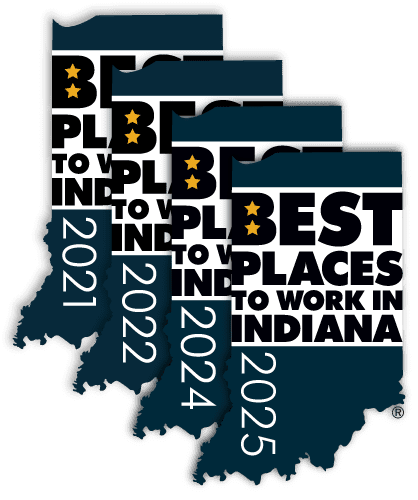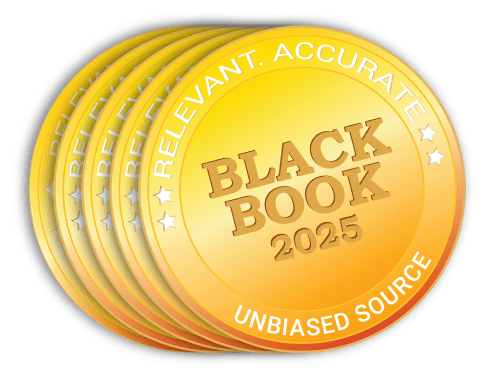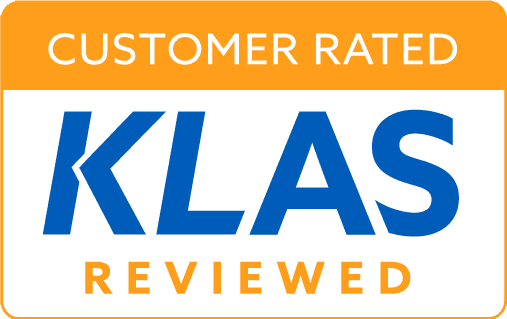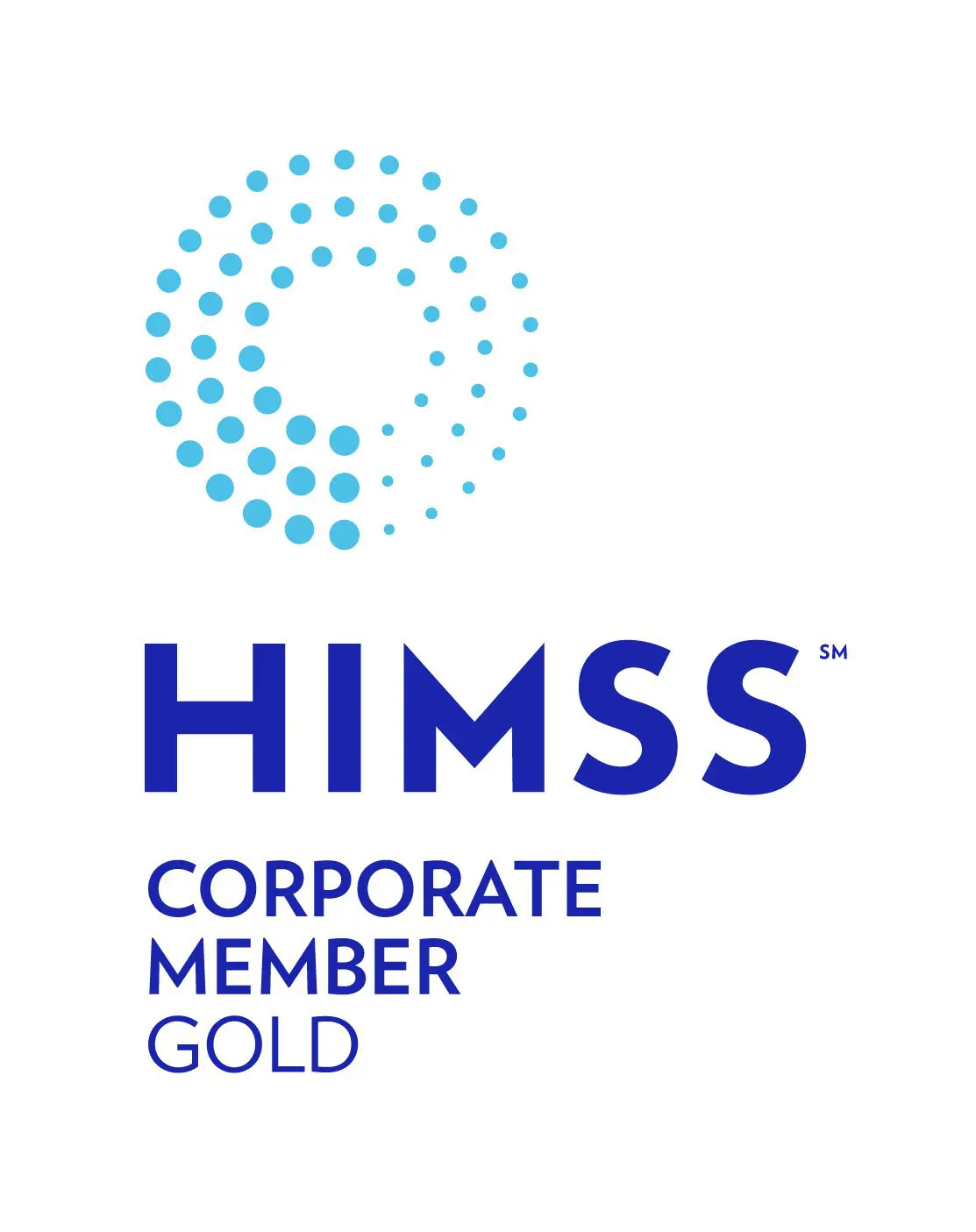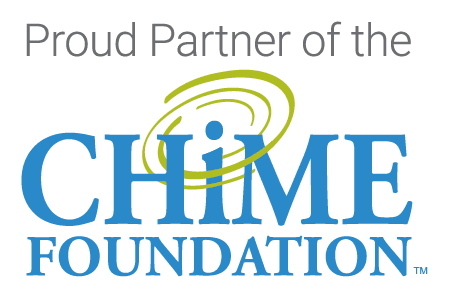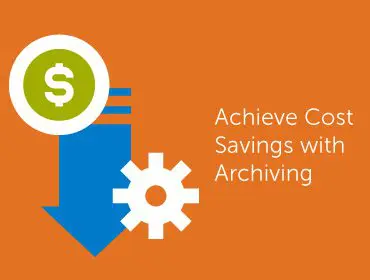
There is a major push in healthcare to achieve full data sharing capabilities. This includes data exchange between different health systems, specialty providers, insurers, patients, and other stakeholders. Having the right solutions to efficiently manage the massive amounts of data in play is essential. While much attention is focused on having the right EHR, having the right archive supports providers in resourcefully storing structured and unstructured data, and keeping it available while reducing costs and burdens on IT systems.
There are many benefits to this tag team approach to long haul data management. As providers are changing their go-forward EHR or engaging in mergers/acquisitions, there is a need to maintain access to the data housed within the legacy applications.
This is where an archive joins the action.
Increasing operational agility and decreasing costs are an evergreen priority, and archiving lightens the IT cost burden by removing maintenance fees and operational costs of keeping legacy systems running. It also reduces licensing fees and overall IT operational costs, while maintaining access to the data to meet compliance and legal requirements.
Decommissioning legacy EHRs puts archiving on a faster growth track than EHRs.
The global electronic health records (EHR) market size is projected to reach more than $48.82 billion by 2028. This growth is expected to occur at a compound annual growth rate (CAGR) of 6.63 percent from 2021-2028.
The global market size for health data archiving is estimated to reach $9.28 billion by 2028, registering a 14.1 percent CAGR during the forecast period. The rapid increase of health data volumes is expected to continue to create swift demand for storage solutions with archiving offering solid cost, security and compliance benefits.
CIOs report cost is a top concern driving legacy data management actions.
The goal of increasing operational efficiencies is at the top of most CIO’s to-do lists. Cost reduction is a leading concern for CIOs surveyed about the factors driving legacy data management decisions. In fact, 55 percent reported cost as a significant or very significant pain point.
On the bright side, 58 percent of those same CIOs said decommissioning legacy applications provides cost savings.
What kind of cost savings can be expected when implementing an archive solution?
Cost savings by customers moving to an active archive to decommission a variety of legacy financial, clinical, and business applications typically realize a return within 18-24 months.
There are numerous variables that impact the total savings calculation, including:
- Volume and type of legacy systems archived
- Number of facilities in which those legacy systems were utilized
- Maintenance costs for those systems
- Labor costs for the IT staff administrating those systems
- How static the data is
- Whether the solution is archived on-premises or to the cloud
- Volume of release of information requests fulfilled annually and the cost of the resources to fulfill them
- Whether Single Sign-On is available to the archive from the go-forward billing, EHR or other business (HR, payroll, general ledger, materials management, etc.) systems
- And more…There are additional variables that play a role in calculating overall return on investment (ROI)
Our team works with customers to calculate a projected return on investment as part of the discovery process.
It starts with a review of hard and soft cost savings realized from archiving.
Hard cost savings
- Legacy application maintenance. Keeping legacy systems running creates organizational bloat and high maintenance contract costs can be a drain on company resources. When a legacy system is decommissioned and the data is archived, the maintenance contracts can be eliminated.
- Legacy application support. Annual support costs for legacy applications can run as high as 57 percent of the IT budget, which directly impacts the amount available for increasing innovation needed to meet current and future business objectives.
- Server/hardware cost savings. Decommissioning servers/hardware can lower costs related to infrastructure and the power used to run the systems.
Soft cost savings
- IT overhead and support. There are numerous costs associated with keeping legacy systems in play. For example, the number of new resources who require access to legacy system(s), the time required to compile user access reports and the access set up and removal costs.
- IT labor to maintain legacy systems. There are costs involved with the time required for IT teams to perform system maintenance, patching, antivirus, maintenance upgrades and backups. Further costs include annual internal maintenance and technical support costs.
- Workflow time savings for clinical users. Having to hunt for legacy patient records across multiple systems requires additional clinical staff time and can lead to productivity loss with parallel system operations. In the most recent year, clinical review time in EHRs was up 13 percent. Simplified access to the comprehensive patient record with an archive supports more efficient workflows. Single Sign-On to the legacy records from the active EHR is a simple, yet extremely helpful capability. This feature saves valuable time and is typically available for most major EHR brands (Epic, Oracle Cerner, Allscripts, Athena, etc.).
- Release of Information workflow time savings for HIM users. Interoperability for HIM users who need an efficient Release of Information (ROI) is improved with less systems to access. For example, one healthcare system averaged 5,000 calls per week for chart requests. There can be significant time savings to fulfill ROI requests from a central archive versus having to access several disparate legacy systems.
- Litigation time savings. As the 21st Century Cures Act and HIPAA Privacy Rule’s right of access provision are enforced, there can be exposure to litigation for those providers and payers who fail to provide timely access to requested medical records. There can be costs to configure litigation holds and produce records from legacy systems.
For more information on how to realize cost savings from including an active archive in your data management strategy:
Read a summary article about a cost savings webinar by healthsystemCIO here. You can listen to the full webinar here.
Care and Cost-Saving Tools for Rural Hospital CIOs
Application portfolio management strategy: focus on reducing bloat, costs and improving life cycle data management.
With cost, security and interoperability issues at the forefront, our team works with healthcare providers of all sizes. We have deep experience with more than 550 clinical, financial, and administrative brands, our team gets the work done.
We help our customers realize return on investment wins.

